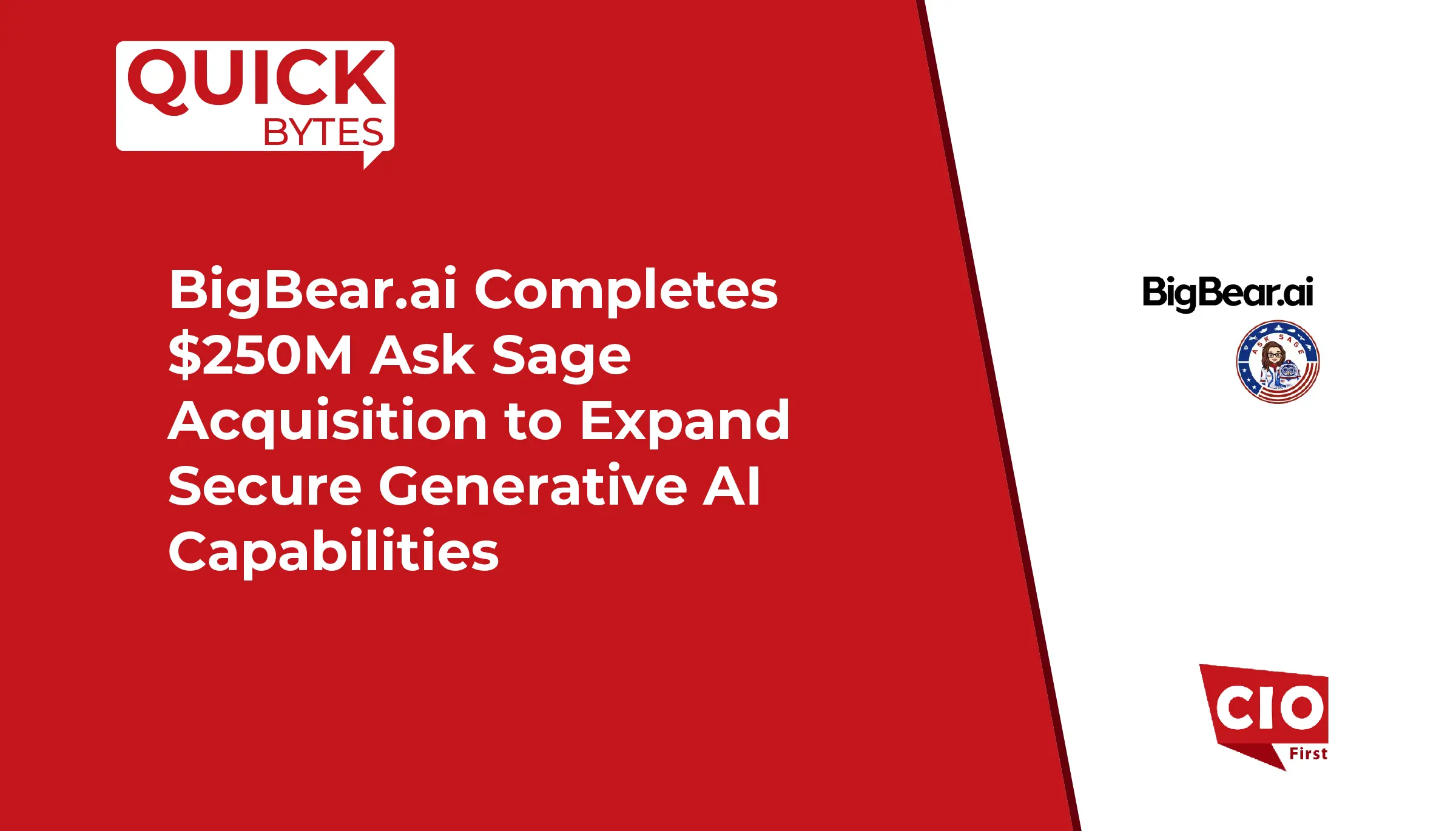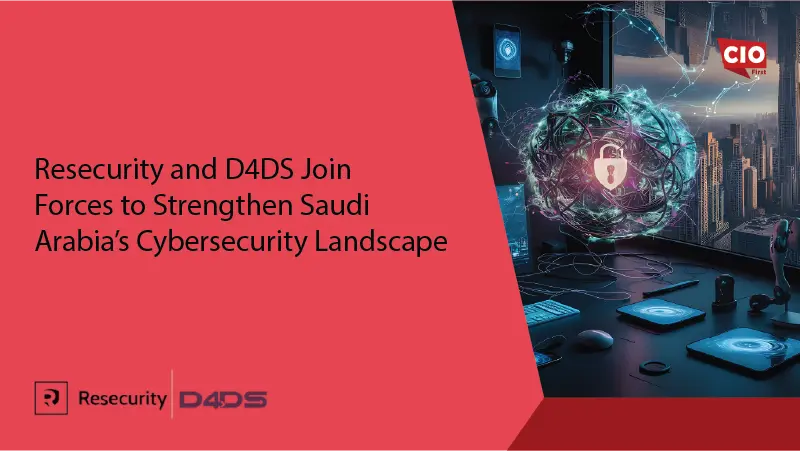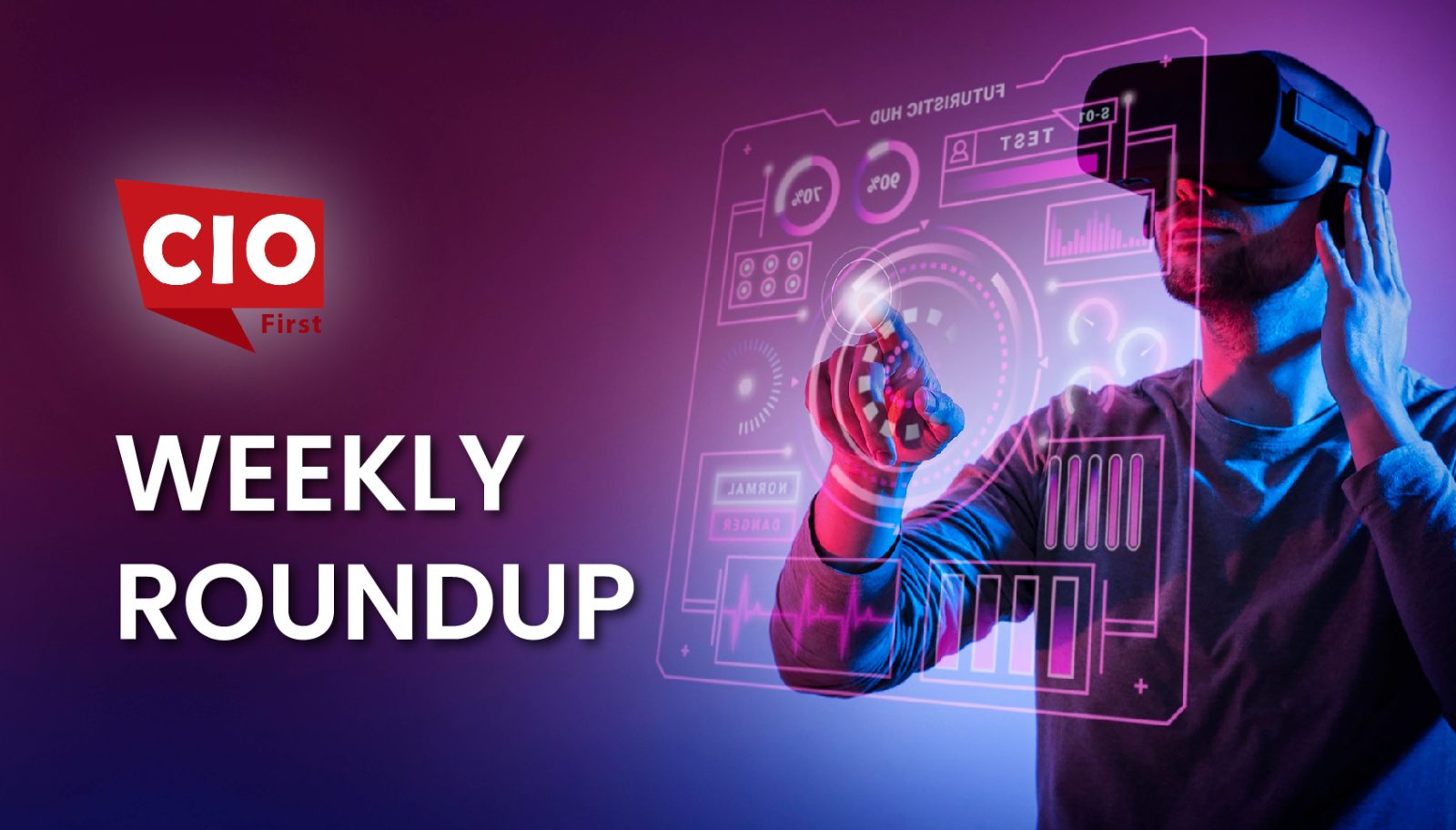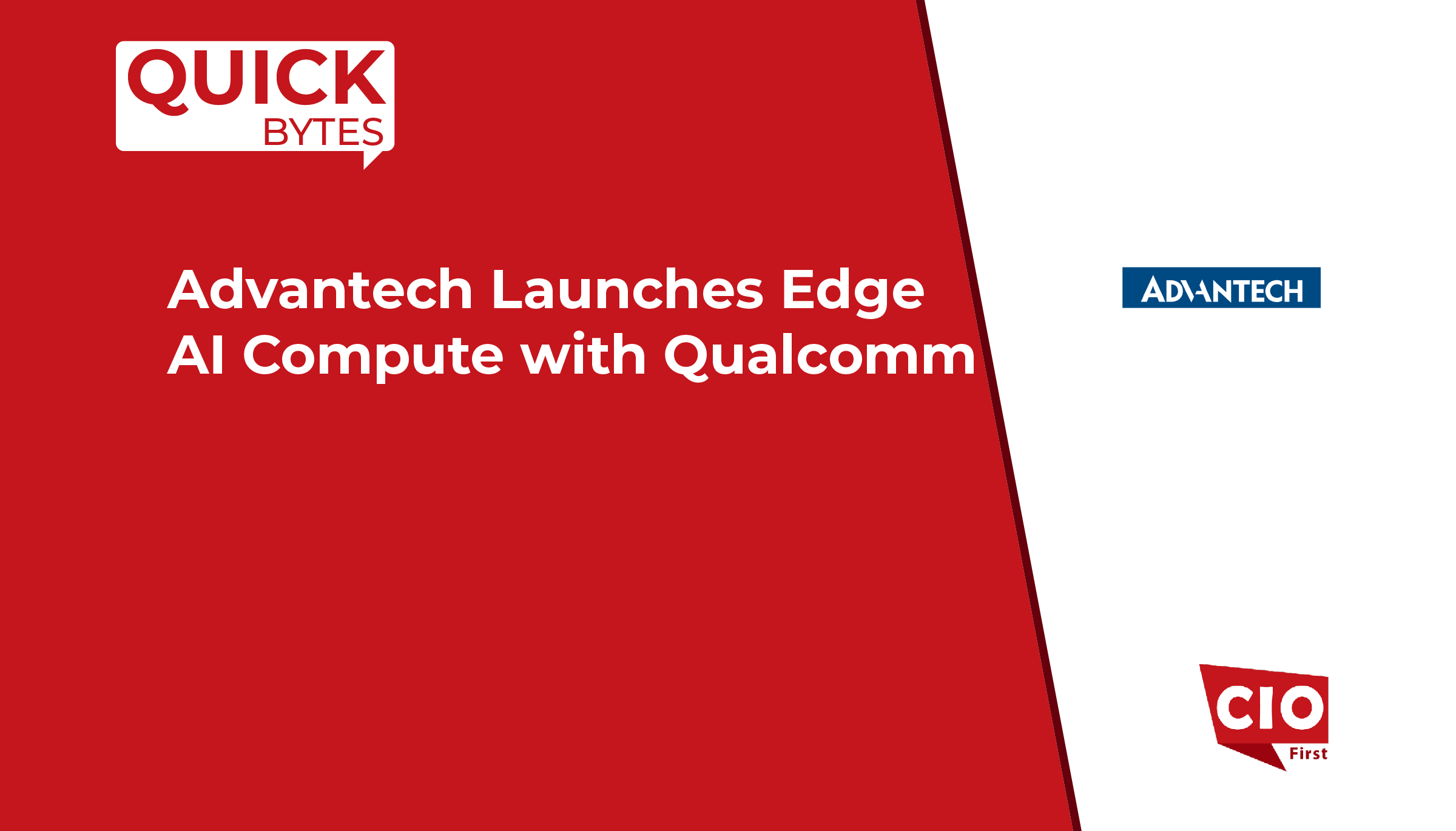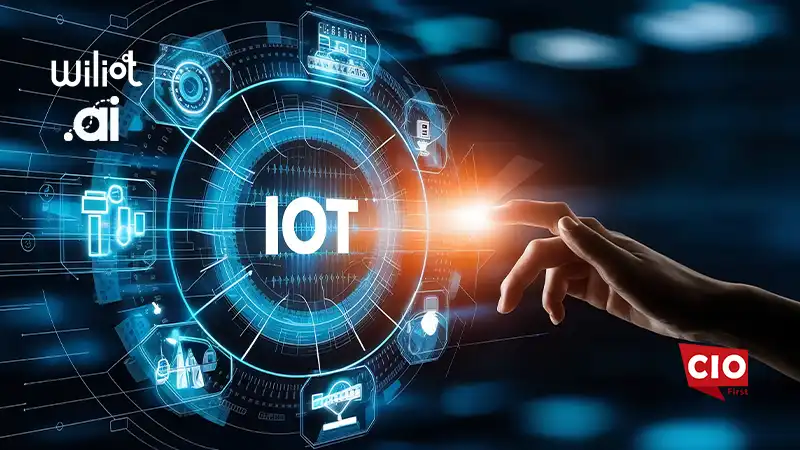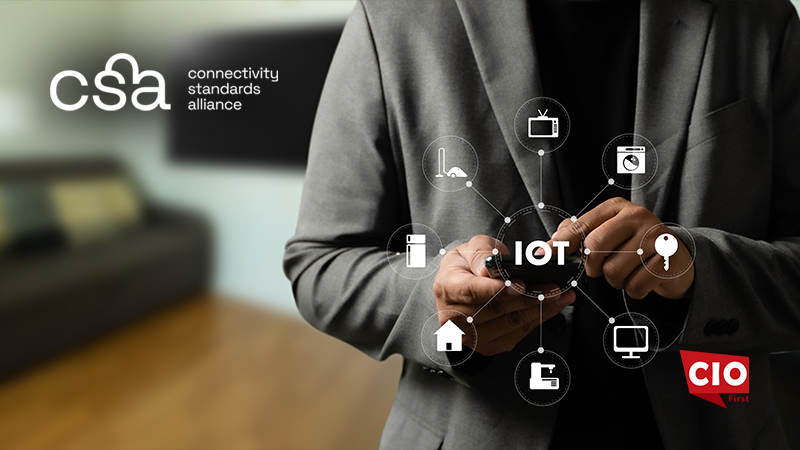CIOs globally are adopting Internet of Things (IoT) ecosystems into their IT infrastructure to modernize their tech stack.
Many organizations that are early adopters of IoT are reaping the benefits of Enterprise of Things (EoT) to scale their business. Industry veterans are embracing an innovation-first approach to explore more opportunities of IoT and its positive influence on business outcomes. However, what hinders the adoption Internet of Things into the IT infrastructure is the inherent challenges that it imposes.
Here are a few challenges of an enterprise-wide IoT ecosystem:
IoT generates a huge amount of unstructured data
One of the significant challenges in the Internet of Things adoption is the need for highly structured data. The systems need precisely defined categories to segment data collection. Enterprises that fail to define clear categories to process data will end up in a data mess. It can be challenging to evaluate Unstructured data and get actionable insights. Data scientists should consider analyzing data based on its quantity, type, and speed. Moreover, it is crucial to ingest clean data into the data lakehouse for efficient data analysis.
But the challenge is many places, the data entry points are manual, and there is a potential risk of human error. This degrades the ability of machines to read the data accurately. Hence, CIOs should consider data quantity, type, and speed as their primary consideration while integrating the Internet of Things into their IT infrastructure. Enterprises can hire skilled data scientists or outsource the data management to providers to model the data.
Also Read: The Evolving Role of CIO Leadership in Today’s Business Environment
The need for real-time data analysis
Modern enterprises need devices that are able to process the data in real-time even when there is connection loss for the businesses to scale. This is another significant challenge while adopting the Internet of Things into the IT infrastructure.
Integrating edge computing into the tech stack is an effective way to overcome IoT challenges by bridging the gap between data processing and analysis for the information that is generated by the Internet of Things devices.
CIOs can prioritize and reroute the device data as per the business requirements. Rather than ingesting all device data, enterprises can ingest just a small amount of data into the core site, which they use for the long term or for further analysis.
Integrating advanced Artificial Intelligence (AI) and Machine Learning (ML) tools in the IT infrastructure will help businesses to predict potential roadblocks to designing a response plan. This approach enables enterprises to improve product quality and set predictive maintenance to minimize data flow disruptions. DataOps can consider designing, testing, and deploying ML models for the Internet of Things predictive maintenance. CIOs should consider implementing the best workflows and tools based on containers, Kubernetes, agile development, AI/ML, and automation to effectively leverage the Internet of Things into the IT infrastructure.
Complexities and security challenges that accompany Internet of Things
IoT ecosystems to have different devices of various types that need to be seamlessly integrated together to have effective information flow. Often the assets share the same architecture, but devices from different Original Equipment Manufacturers (OEMs) have separate architectures and operating systems. This is another major challenge because when the devices interact with each other, the code sent by one will not be interpreted by the other. Implementing a common interface is required to decrypt the commands and execute the converted commands to the next Internet of Things device.





